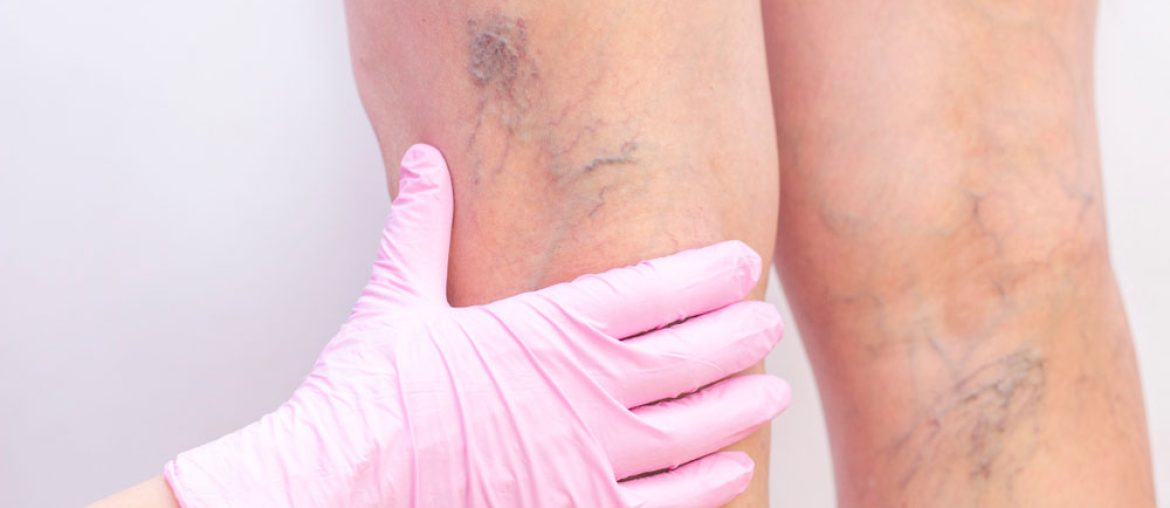What is Deep Vein Thrombosis (DVT)?
Deep vein thrombosis is a condition in which blood clots (or thrombi) form in deep veins in the legs or other areas of the body. Veins are the blood vessels that carry blood from the body’s tissues to the heart. Deep veins are located deep in the body, away from the skin’s surface.
How Does a Clot Form in a Vein?
Clotting is a normal process that helps stop bleeding, such as from a cut in the skin. A clot also can form if:
- blood flow is too slow
- the lining of a vein is damaged
- a problem in the blood makes it clot more easily
When a clot forms in a deep vein, blood flow in the vein slows down and causes the vein to swell. If a piece of a clot breaks free and moves through the blood vessels to the lungs, it is very serious. This condition, called pulmonary embolism (PE), can be fatal. Nearly one-third of people who have DVT develop PE. It is important to find and treat DVT early in order to prevent PE.
Who is at Risk of DVT?
DVT can occur in anyone, but some factors can increase the risk. Having more than one risk factor further increases the risk. Events or conditions that increase the risk of DVT include the following:
- Surgery
- Trauma
- Long periods of not moving (bed rest, sitting, long car or airplane trips)
- Cancer and cancer therapy
- Past history of DVT
- Increasing age
- Pregnancy and the 4–6 weeks after giving birth
- Use of birth control methods that contain estrogen or hormone therapy for menopause symptoms
- Certain illnesses, including heart failure, inflammatory bowel disease, and some kidney disorders
- Obesity
- Smoking
- Varicose veins
- Having a tube in the main vein (sometimes needed to give medications over a period of time)
- Having a thrombophilia, one of several diseases in which the blood does not clot correctly
What Can Be Done Before and After Surgery to Prevent DVT?
Your doctor may prescribe medications to prevent blood clots from forming before or after surgery. You also may be told to stop taking certain medications before surgery. At the hospital, you may wear special elastic stockings or inflatable boots. These devices squeeze the muscles to help keep blood flowing. You may need to wear them until you leave the hospital. You may be urged to get up and walk around soon after the procedure. Your feet or the foot of your bed may be raised.
How Can DVT Be Prevented During Pregnancy?
If you are pregnant, medication or other treatments may be prescribed to prevent DVT if you have certain risk factors:
- Strong family history of DVT
- An inherited thrombophilia
- Need for bed rest
- Likely to have a cesarean birth
If medication is prescribed for you, your health care provider will make sure you know how to take the medication and what you should avoid while taking it.
How Can DVT Be Prevented During Travel?
When planning a long trip, the following preventive steps are recommended, especially if you are pregnant or have other risk factors for DVT:
- Drink lots of fluids.
- Wear loose-fitting clothing.
- Walk and stretch at regular intervals (for example, when traveling by car, make frequent stops to allow you to get out and stretch your legs).
- Special stockings that compress the legs below the knee may help prevent blood clots from forming. However, talk to your health care provider first before you try these stockings because some people should not wear them (for example, those with diabetes or problems with blood circulation).
What are Signs of DVT?
Only about one-half of people who have DVT show any signs or have symptoms. Signs and symptoms of DVT in the ankle, calf, or thigh include:
- warmth or tenderness
- pain or sudden swelling
- redness of the skin
- constant pain in one leg while standing or walking
What are Signs of Pulmonary Embolism (PE)?
PE can be life-threatening. If you have any of the following signs or symptoms, you should contact your health care provider or go to the emergency room:
- A sudden cough, which may produce blood
- Sudden shortness of breath
- Pain in the ribs when breathing
- Sharp chest pain under the breast or on one side
- Burning, aching, or dull heavy feeling in the chest
- Rapid breathing
- Rapid heart rate
How is DVT Diagnosed?
The following tests are used to diagnose DVT:
- Blood tests – You may be tested for blood disorders that are known to increase the risk of DVT.
- Doppler ultrasound – A handheld device is placed over veins that uses sound waves to check blood flow. Pressure is applied to see if the vein responds normally. This test is most often used to confirm DVT in the legs.
- Magnetic resonance imaging (MRI) – MRI, a special type of imaging test, can show clots in the legs or pelvis.
- Venogram – In this test, dye is put into a vein, and an X-ray is taken. The dye can show whether there is a clot in the vein.
Other tests may be done if the clot is thought to be in the lungs:
- Spiral computed tomography (CT) – This imaging test is done to see if any clots have moved to the lungs.
- Ventilation/perfusion (V/Q) scan – This imaging test measures how well air and blood move through the lungs. It is used to diagnose PE.
How is DVT Treated?
DVT is most often treated with medications. Drugs may include anticoagulants to prevent clots or, less commonly, thrombolytics to dissolve them.


















